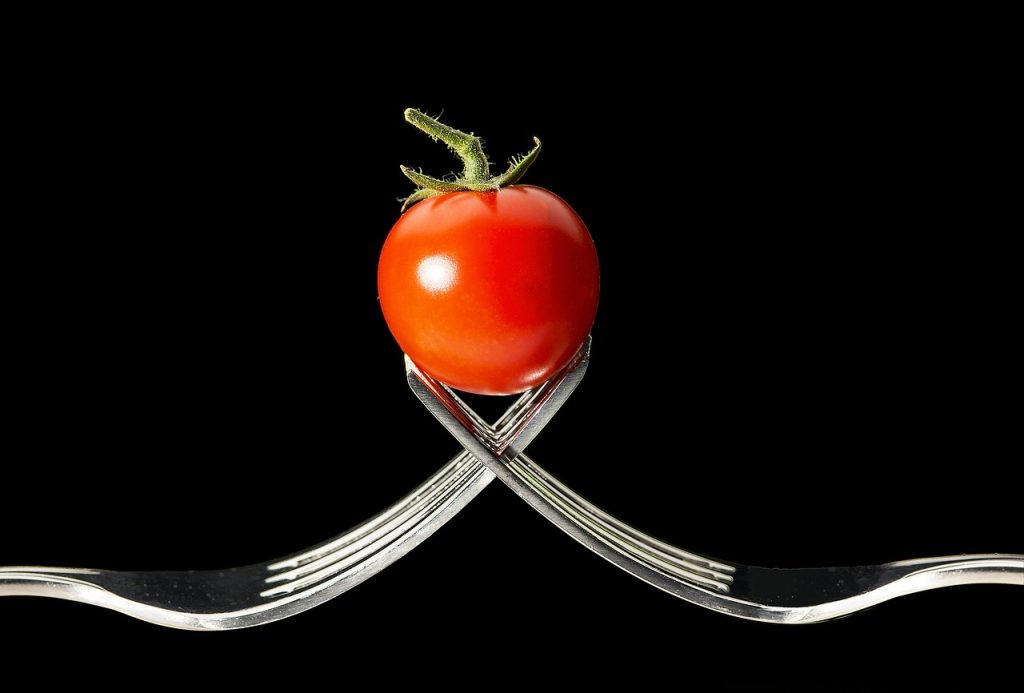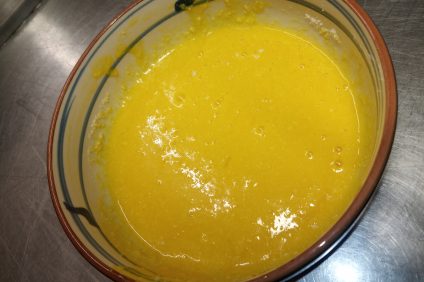Emblem of Italy abroad, it is a dish appreciated in all regions of our peninsula. From north to south it is present in its red dress ready to delight the palates. A classic of our tradition are spaghetti with tomato sauce. Easy to prepare even at home to satisfy a large family. And again, to be enjoyed at midnight with friends. Or alone for a quick but complete meal. But what is their story? And how did they come to acquire such fame?
When I dove
Elongated and thin shape with a round section, spaghetti are made with durum wheat flour. There first certification of dried pasta can be found in the Sicilia from the XNUMXth century. Certainly not with the current name but as "vermicelli" for long shapes and "maccaroni" for short pasta. But how were they consumed? Before turning red, the ancestors of spaghetti were seasoned with simple products. Olive oil, cheese and pepper.

A plate of spaghetti with tomato sauce in the Neapolitan crib
Instead, it is at the end of the seventeenth century which spread the tomato habit. Easy to understand since it is an American product. And the new continent was only discovered in 1492. There is an iconographic testimony to support the appearance of spaghetti with tomato sauce. It is located in Palace of Caserta. A depicting image is preserved here two farmers ready to enjoy a hearty dish of red pasta. It seems that this dates back to the eighteenth century and is to be contextualized in a Neapolitan nativity scene. Therefore spaghetti with tomato sauce were already consumed in our southern Italy in past ages. However we will have to wait for the 1750 to see published the first recipe in which long pasta is combined with tomato.
Birth of a fork
So good to eat them with your hands. And yes, because until the nineteenth century spaghetti they were consumed by the people without the use of cutlery. Thus several images portray humble people intent on refreshing themselves in the alleys. Yet the fork was already there. In fact, it had existed for several centuries but the custom of not using it continued to withdraw. On the one hand, therefore, an inelegant popular habit was preserved. On the other, it must be said that the forks weren't quite like the current ones. They were indeed composed of only three very pointed prongs. A form therefore that made them impractical. But one day something changed and this thanks to the goodness of spaghetti.

Pasta with tomato, in fact, was tempting even the most palates superfine. But how can you think of consuming them in official lunches without cutlery? Certainly a noble man could not have groped spaghetti with his hands. He might have wanted to do it too, but there was an etiquette to respect! So here it is Ferdinand of Bourbon, in 1850, asked his court chamberlain to solve the problem. The solution was that of introduce a fourth prong into the fork making it easier to use. Thus it was that spaghetti with tomato spread also at court banquets. The boards were colored with a dish that knew no social class. From the simplicity of its origin, and its first consumers, to the rich nobility. An Italy united by a popular dish.









